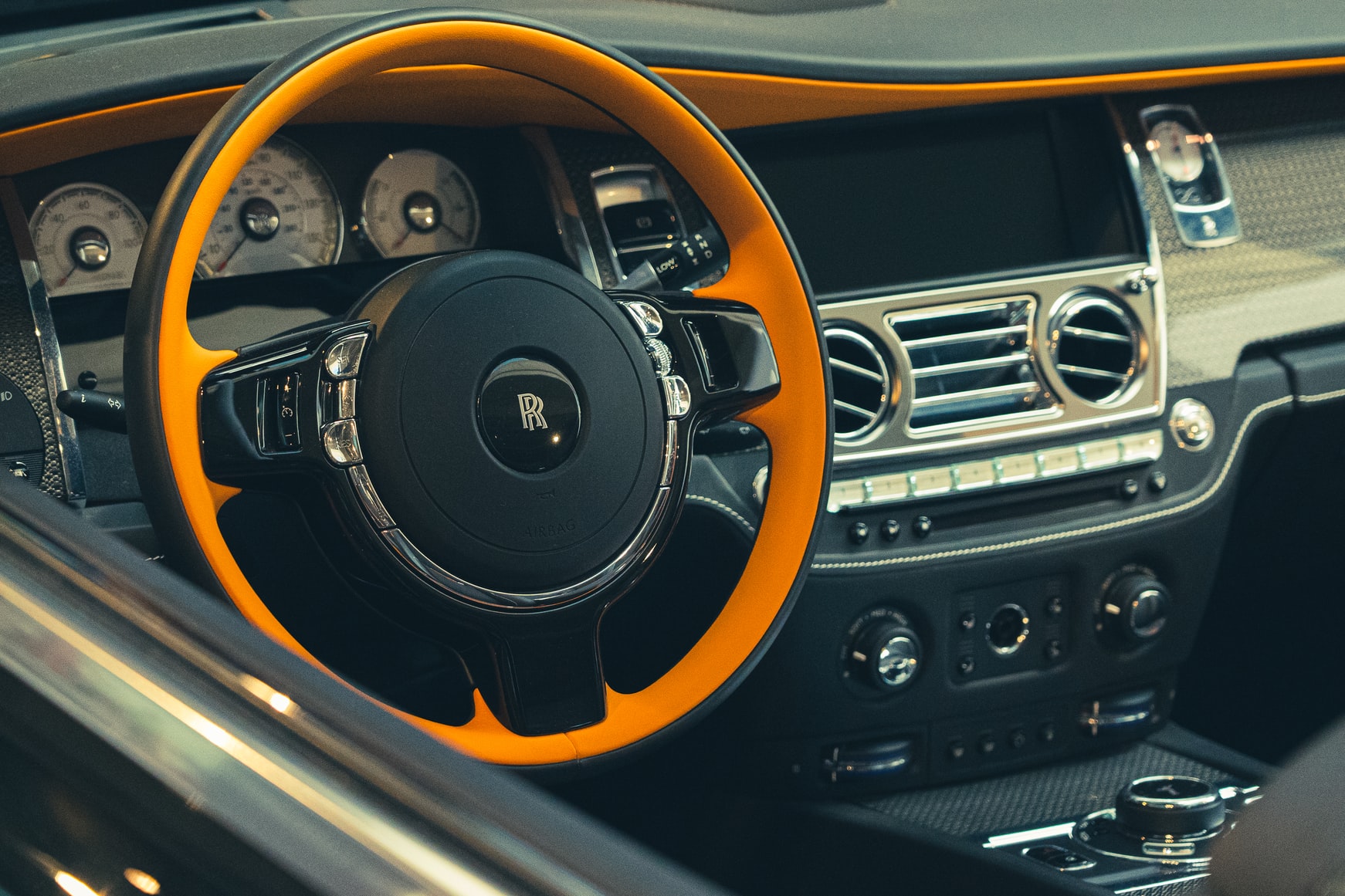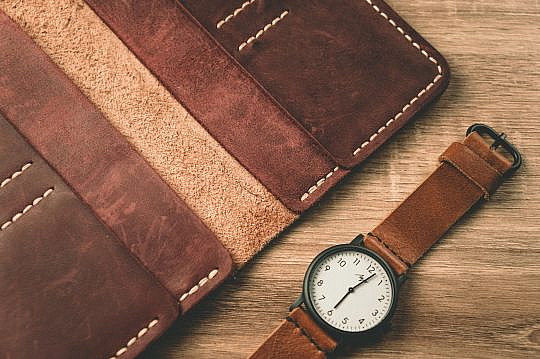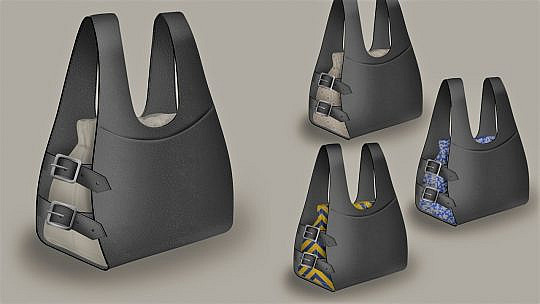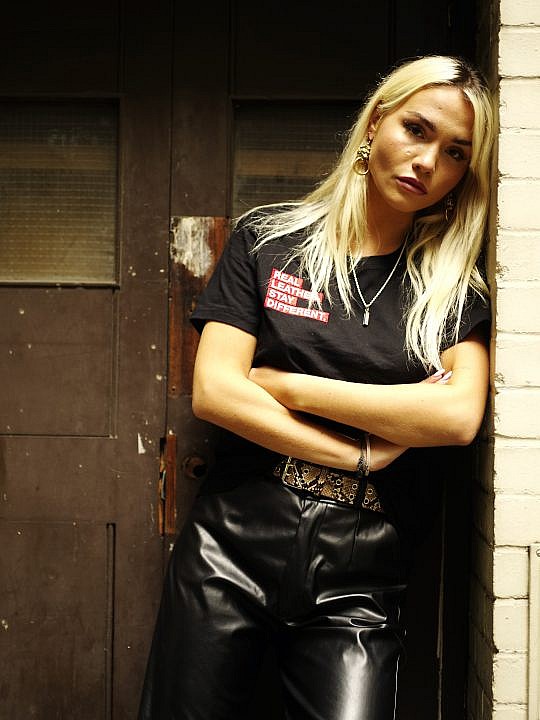From the leather used for its car seats to the engines built for planes and ships, the British company is on a mission to reach net zero by 2050.
Rolls-Royce, like any other company, is feeling the pressure from consumers to reduce its carbon emissions. Considering its products’ use of fossil fuels and the pressures of the manufacturing process, that is, as admitted by the company’s chief executive Warren East, “extremely challenging”.
But that hasn’t stopped Rolls-Royce from unveiling an ambitious programme to reach net zero.
The company plans for all its new products to be compatible with net zero targets by 2030 and to achieve net zero by 2050 at the latest.
At the heart of the plan is research and development spending. At present, about 50% of it is targeted at low carbon and net zero tech. This is to rise to 75%.
The company spends more than one billion pounds each year on R&D, although the pandemic caused that to fall in 2020. According to Mr East that figure will grow again as the aviation industry recovers.
The average Rolls Royce uses around 18 full cow hides in its interior, each one sustainably sourced. No wonder the fragrance of new, best-quality leather is precisely the fragrance of the world’s most luxurious cars.








